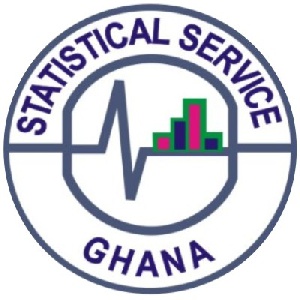- Home - News
- TWI News | TV
- Polls
- Year In Review
- News Archive
- Crime & Punishment
- Politics
- Regional
- Editorial
- Health
- Ghanaians Abroad
- Tabloid
- Africa
- Religion
- Election 2020
- Coronavirus
- News Videos | TV
- Photo Archives
- News Headlines
- Press Release
General News of Wednesday, 22 November 2023
Source: rainbowradioonline.com
Employment and insurance coverage are the main factors that contribute to multidimensional poverty in the country – GSS
Employment and insurance coverage are the main factors that contribute to multidimensional poverty in the country, the Ghana Statistical Service (GSS) has revealed.
This was contained in it’s Multidimensional Poverty Index Scorecard.
The study covers all 261 Administrative Districts, employment affects 206 districts, while insurance coverage affects 55 districts.
The report was released as part of the commemorative activities for the 2023 African Statistics Day on Tuesday, November 21, 2023.
According to the report, employment accounts for between 22.9 percent and 56.7 percent of multidimensional poverty across the 206 districts in question.
The report added that Insurance coverage accounts for between 23.5 percent and 29.7 percent of multidimensional poverty across the 55 districts.
The multidimensional poverty indicator is a measure of non-monetary deprivation in four dimensions: living conditions, education, health, and employment.
It is based on the 2021 Population and Housing Census data.
The indicator comprises 13 indicators in these four dimensions, such as electricity, housing, assets, overcrowding, cooking fuel, water, toilet facility, attendance, attainment, school lag, insurance coverage, mortality, and work for wage or profit.
The GSD explained that the district scorecards provide statistics on the proportion of the population within the district that lives in multidimensionally poor households (experiencing multidimensional poverty), and the ranking of the district relative to other districts in the region and to all districts in the country.
It presents information on the areas in which poor persons in the district are most deprived.
The report further explained that the incidence of multidimensional poverty in 23 districts is higher than 50 percent, which is more than twice the national rate of 24.3 percent. This means that more than half of the population in these districts is deprived of multiple dimensions of well-being.











